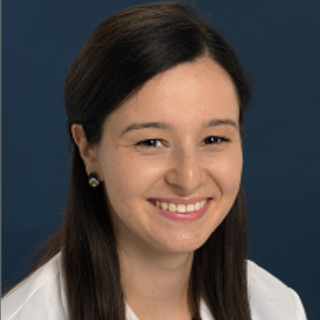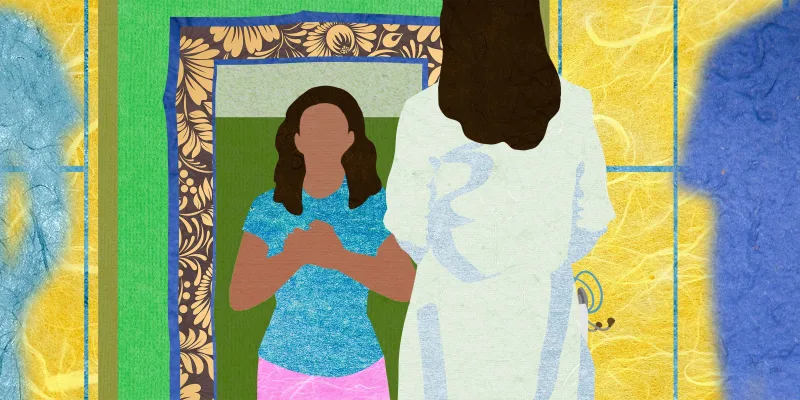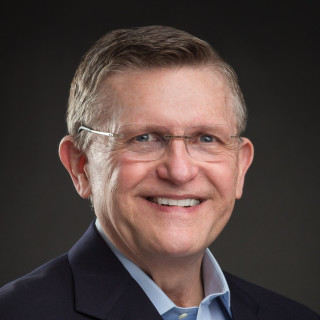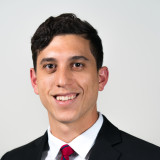I did not grow up in a “touchy feely” household. My parents gave me the standard goodnight kiss on my forehead, and a hug goodbye before I left for sleepaway camp. The first time I ever felt comforted by physical touch was when I was in elementary school. I was having an orthodontic appliance called “the herbst” removed, which was a bulky metal thing that my orthodontist had fixed into my mouth so that I would avoid having to wear headgear. When it came time to have the metal contraption removed, I wasn’t in the open area with other kids, but instead brought to a private room with a door that closed. My orthodontist himself sat beside me to do the work instead of one of the hygienists. There were louder sounds and much more pressure in my mouth than usual. I remember shifting and clenching my hands because it was so uncomfortable. One of the hygienists gently placed her hand on top of mine in a reassuring manner, and I started to relax. Each time I heard the instruments whir, she would let me squeeze her hand, which helped me cope.
Now, as an ob/gyn, I perform one of the most intimate exams that exists in the medical world – a pelvic examination. These can be done either with a speculum or with fingers alone depending on the reason, and they can be fairly uncomfortable. Each time I do an exam, I start it off the same way. I say, “You’ll feel a touch on your leg,” and I place the side of my hand on their thigh. Then I say, “Now a touch on your labia,” and then my fingers with jelly will glide in for a cervical check, or I introduce a gel-coated speculum with downward pressure to locate their cervix. Because we perform one of the most intimate exams, gynecologists have to be careful, especially my male counterparts. I can think of many examples in which physicians have inappropriately touched patients, most infamously, Larry Nassar, who performed unnecessary pelvic examinations on Olympic gymnasts. People like him have damaged the trust of patients in their doctors. Nowadays, we use chaperones and talk our patients through their exams, checking in to make sure they are OK with each step.
In today’s practice of medicine, we are much less reliant on the physical examination. I remember learning all sorts of maneuvers in med school to assess for things like lung consolidation, splenomegaly, and deep vein thrombosis. Nowadays, if I am concerned about one of those things, I order a scan, such as a CT or ultrasound. Oftentimes, I am consulted for imaging findings of a large uterus combined with a history of heavy periods and a low hemoglobin. As I do my speculum exam and bimanual exam, I’ve begun to realize that these exams add little to the clinical picture, as the options I would offer these patients would not differ. There are many diagnoses you can make solely from imaging or lab findings without putting patients through an uncomfortable and invasive exam. However, I have also realized that many patients feel reassured by a yearly physical exam. Even though I have explained the new switch to every-5-years pap test guidelines to many older women, some desire to come back yearly for a pap test. When I told one of my nonagenarian patients that she had graduated from the gynecologist, she was actually disappointed. Her doctor’s appointments were part of her social calendar.
Perhaps we have swung too far away from the physical exam, that we are not touching our patients enough. There are many research articles out there that speak of the benefits of the therapeutic touch. There are decreases in anxiety, nausea, and pain when there is a therapeutic touch in a patient encounter.
In my practice, I’ve found that a reassuring hand placed on my patient’s hand after I have diagnosed them with miscarriage, or holding their hand while they go to sleep in the OR, or giving them a hug on the postpartum floor, have strengthened my therapeutic relationship with patients. As I have moved onto my senior years of residency, I now supervise and assist my interns as they perform procedures. I’ve realized that I am a better teacher when I am not hovering over their shoulder, as it is too easy to jump in, so I’ve started to take my place at the bedside of the patient. What is interesting about this is it makes me a better doctor, too. I offer out my hand to theirs during the exam or biopsy, and when they squeeze mine, I remember the kind orthodontic hygienist that held mine.
How does touch help your practice?
Kathleen Ackert is a resident physician in obstetrics & gynecology at St. Luke’s University Health Network. She is a graduate of the Philadelphia College of Osteopathic Medicine and Siena College. When she is not in the hospital, she can be found in coffee shops writing narrative medicine pieces or eating in restaurants that offer low-lit dining experiences. She enjoys exploring the latest fitness craze, watering her house plants, and instagramming pictures of fancy lattes at @caffeinewithkathleen. She was a 2021-2022 Doximity Op-Med Fellow, and continues as a 2022-2023 Doximity Op-Med Fellow.
Illustration by Jennifer Bogartz







